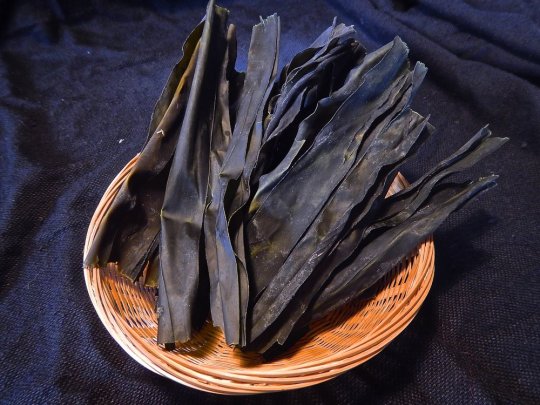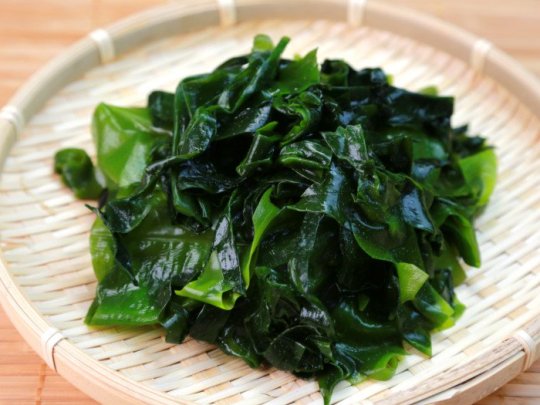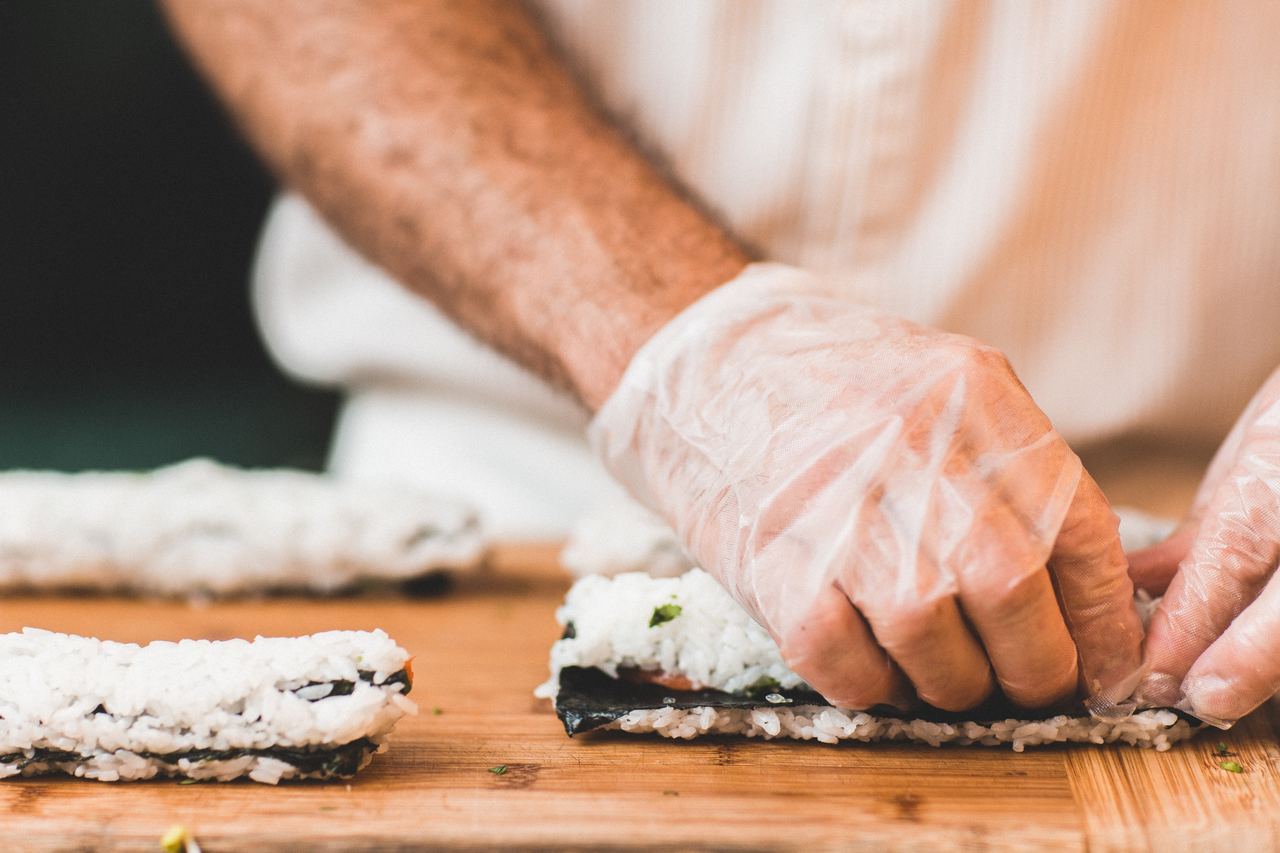#gallery-1 {
margin: auto;
}
#gallery-1 .gallery-item {
float: left;
margin-top: 10px;
text-align: center;
width: 100%;
}
#gallery-1 img {
border: 2px solid #cfcfcf;
}
#gallery-1 .gallery-caption {
margin-left: 0;
}
/* see gallery_shortcode() in wp-includes/media.php */
FOOD: Seaweed
Tipped as one of the hottest food trends this year, seaweed, eaten in a variety of ways, is having its moment in the sun. But whilst the west dream up a host of weird and wonderful ‘marine munchies’, the Japanese have been enjoying vitamin-packed fruits of the ocean as a staple food for centuries.
So, forget nori popcorn and kelp noodles, and read on for Japan’s best seaweed snacks.

1. Nori
Japan’s most familiar seaweed, wafer-thin sheets of dried nori are used to wrap sushi, contain onigiri (rice balls), top a bowl of hot miso soup, or are just eaten straight-up as a tasty snack. Low in calories and packed full of vitamins, look out for flavoured varieties such as soy sauce and sesame oil.

2. Kombu
A variety of edible sea kelp gathered largely off the coast of Hokkaido in northern Japan, kombu is Japan’s next most popular sea-snack. High in umami and rich in calcium and keratin, kombu not only packs a flavour punch, but can contribute to glowing skin and lustrous locks. Aside from being the central ingredient in dashi broth, kombu can also be enjoyed tsukudani style -caramelised in soy sauce, sake and sugar. For the brave, Japanese kombucha tea also offers the opportunity to sip hot salty seaweed in a bid to aid digestion.

3. Wakame
Sweet, tender and mild, with the power to fight cholesterol, boost energy and reduce anxiety, wakame is Japan’s most abundant seaweed super-food. A popular addition to miso soup and sunomono pickled vegetables, wakame can also be lightly stir-fried in sesame oil to make yaki-wakame. Harvested throughout Japan between February and June, wakame can be eaten fresh or dried and enjoyed all year round.

4. Hijiki
Collected along Japan’s rocky coastlines, hijiki is a staple in most Japanese kitchens, serving as an ultra-healthy snack and source of dietary fibre. Recognisable as thin black strips, hijiki has a distinctive nutty flavour and is most commonly added to soups and rice, or cooked with vegetables and dressed with soy to make a warm, sweet salad.
Images: Unsplash, Precision Nutrition, The Atlantic Holdfast Seaweed Company, Organic Facts, Japanese Cooking 101


